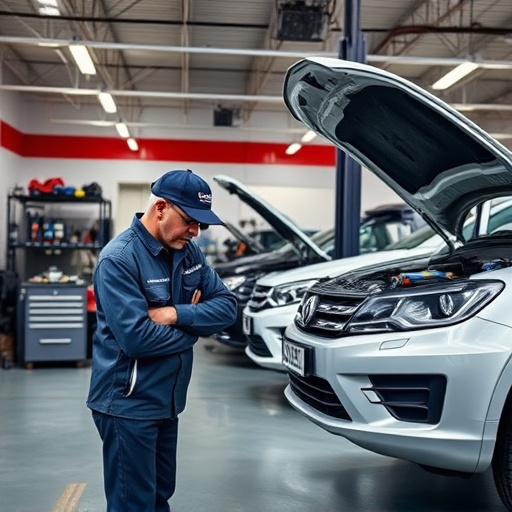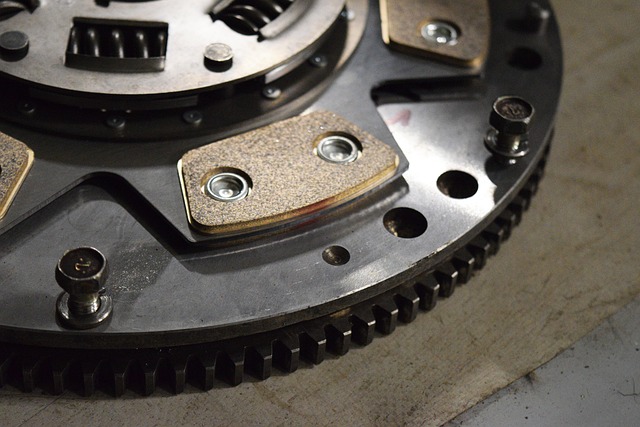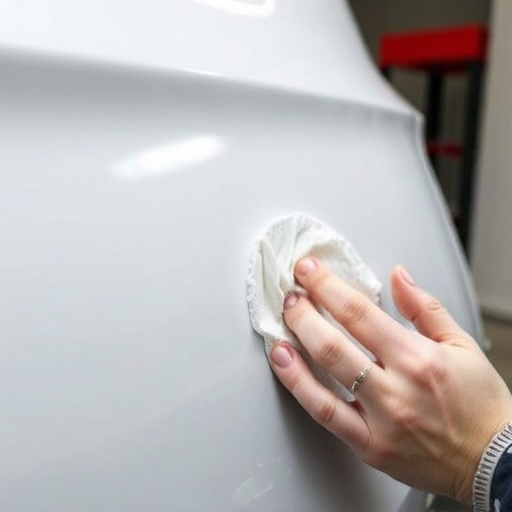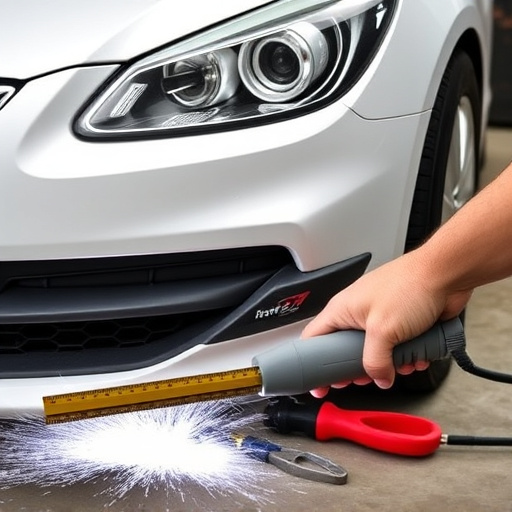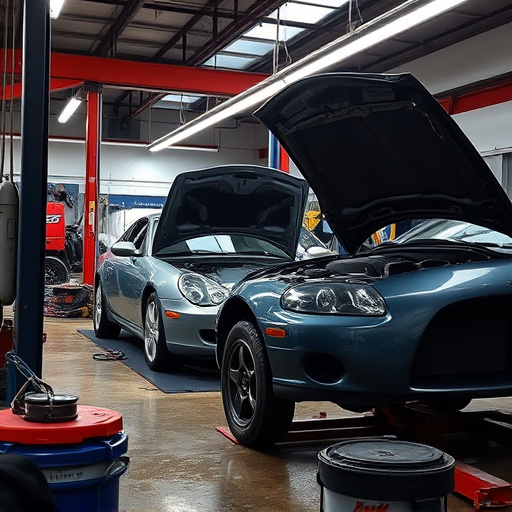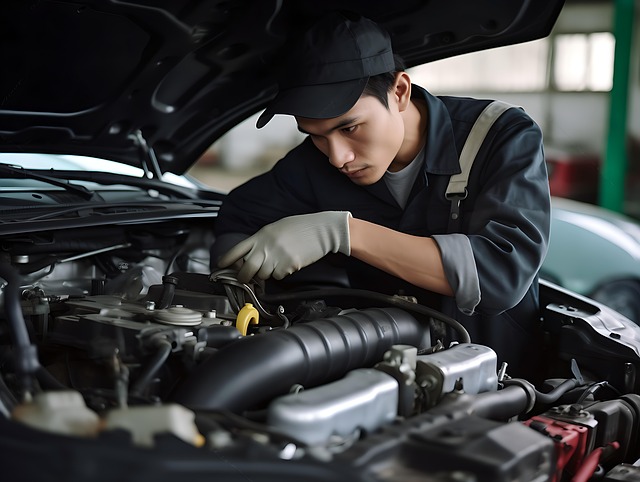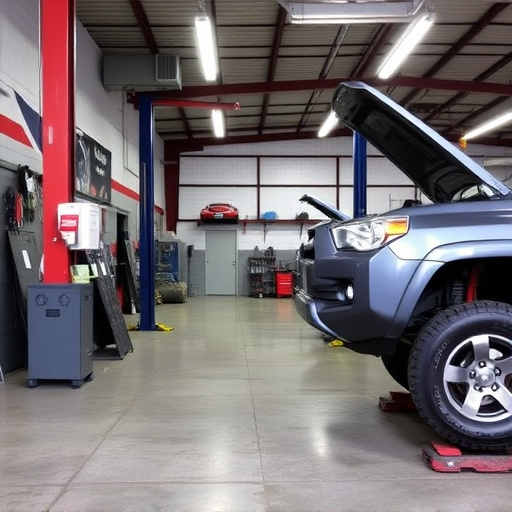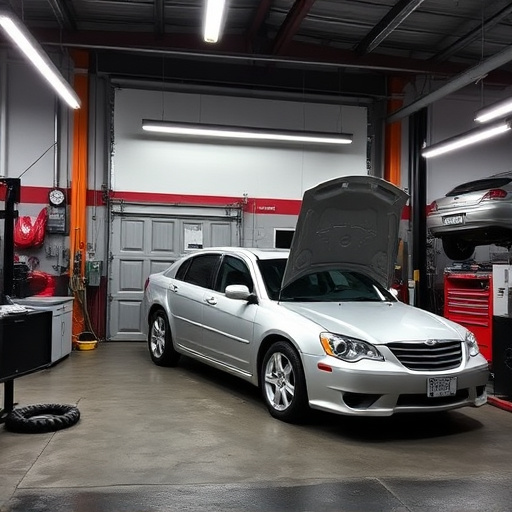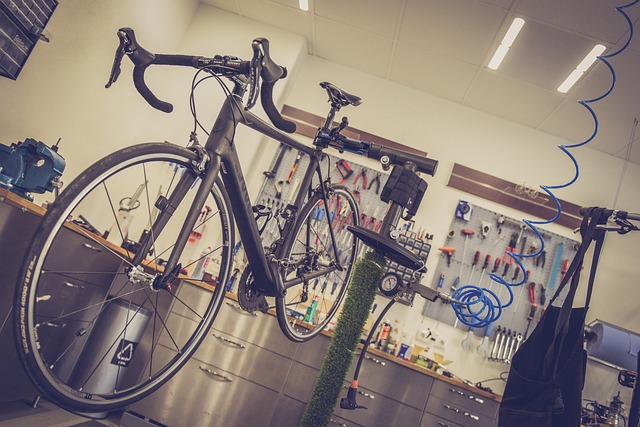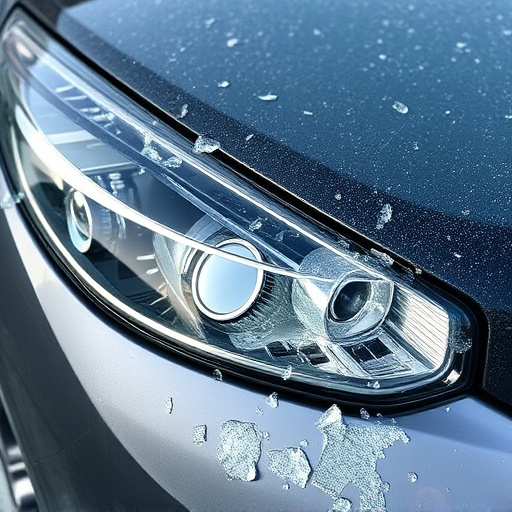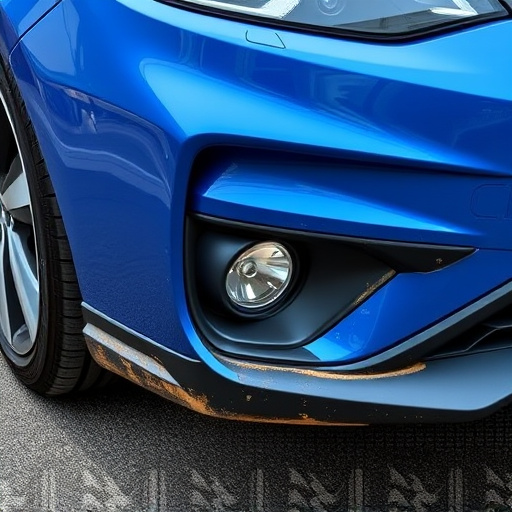Waterborne paint systems are becoming popular in automotive repairs due to their environmental benefits, such as reduced volatile organic compound (VOC) emissions and faster drying times. They offer superior coverage, durability, and color matching, ensuring high-quality finishes. These systems enhance efficiency, improve indoor air quality, and provide long-lasting, less toxic coatings for both modern and classic cars, making them an eco-friendly and cost-effective choice.
In today’s digital era, efficient and sustainable repair solutions are increasingly sought after, especially in the context of insurance-backed projects. Among various options, waterborne paint systems stand out as a game-changer. This article delves into the advantages of adopting waterborne paint for insurance claims, highlighting its environmental benefits and efficiency in repairs. We explore why this paint system is preferred for its longevity and durability, offering not just a practical solution but also an eco-friendly one.
- Advantages of Waterborne Paint for Insurance Claims
- Environmental Benefits and Efficiency in Repairs
- Longevity and Durability: Why Waterborne Is Preferred
Advantages of Waterborne Paint for Insurance Claims
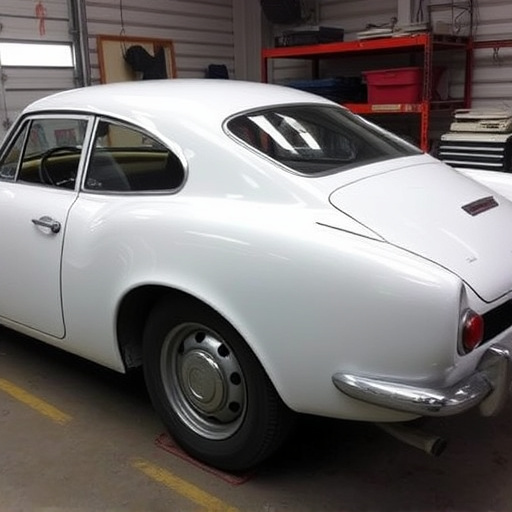
Waterborne paint systems offer several advantages for insurance-backed repairs, making them a preferred choice in the automotive industry. One of the key benefits is their environmental friendliness. These paints contain fewer volatile organic compounds (VOCs) compared to traditional oil-based paints, leading to reduced emissions and lower carbon footprints during application and drying processes. This eco-conscious approach aligns with modern consumers’ preferences and regulatory standards.
Moreover, waterborne paint systems provide excellent coverage and durability, ensuring high-quality repairs that last. Their quick drying time reduces the need for extended downtime, which is crucial in auto body services, especially after a fender bender or minor collision. The versatility of these paints allows for seamless color matching, resulting in a more consistent and aesthetically pleasing finish, enhancing the overall customer experience in vehicle paint repair.
Environmental Benefits and Efficiency in Repairs
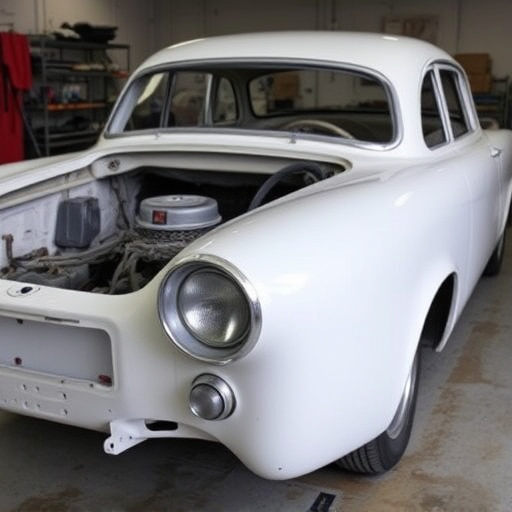
Waterborne paint systems offer a significant advantage in terms of environmental benefits and efficiency for repairs, especially in the context of auto collision centers and hail damage repair. These innovative systems are designed to reduce the use of volatile organic compounds (VOCs), which are harmful to both human health and the environment. Traditional paints release these compounds during application and drying, contributing to air pollution and greenhouse gas emissions. In contrast, waterborne paints are formulated with water as a primary solvent, drastically cutting down VOC levels and enhancing indoor air quality, making them a safer option for workers and customers in auto repair facilities.
Furthermore, waterborne paint systems streamline the repair process in auto collision centers. They dry faster than conventional paints, reducing the time needed for repairs and minimizing downtime for vehicle owners. This efficiency not only saves costs for auto repair services but also contributes to overall project management by enabling shops to handle more vehicles in a shorter period. The reduced drying times also mean less energy consumption, making these systems an eco-friendly choice for hail damage repair while ensuring superior performance and durability.
Longevity and Durability: Why Waterborne Is Preferred
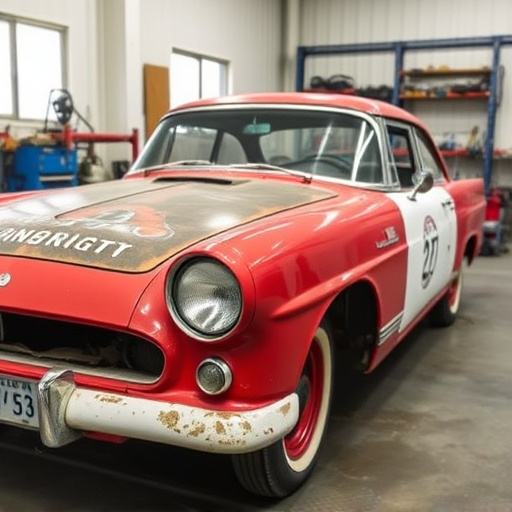
Waterborne paint systems are increasingly preferred for insurance-backed repairs due to their exceptional longevity and durability. These advanced coatings offer a significant advantage over traditional paints, especially in the context of auto body shops handling scratch repair and classic car restoration projects. The key lies in the composition of waterborne paints; they contain fewer harmful volatile organic compounds (VOCs) and use water as a solvent, making them environmentally friendly and safer for applicators. This reduced toxicity not only benefits the planet but also ensures a healthier working environment for technicians in auto body shops.
Moreover, waterborne paint systems provide superior adhesion, flexibility, and corrosion resistance, ensuring that repairs last longer. Their ability to withstand harsh weather conditions and maintain color consistency makes them ideal for both modern vehicles and classic cars undergoing restoration. This durability translates into cost-effectiveness in the long run, as fewer touch-ups or replacements are needed, making it a smart choice for insurance companies and customers alike.
Waterborne paint systems emerge as a superior choice for insurance-backed repairs due to their environmental benefits, efficiency, longevity, and durability. These systems offer a sustainable and cost-effective solution for damage restoration, ensuring faster recovery times and superior results. By adopting waterborne paints, insurance providers and repair professionals can navigate the intricate process of claims with confidence, knowing they are contributing to a greener future while maintaining the highest standards of quality.

